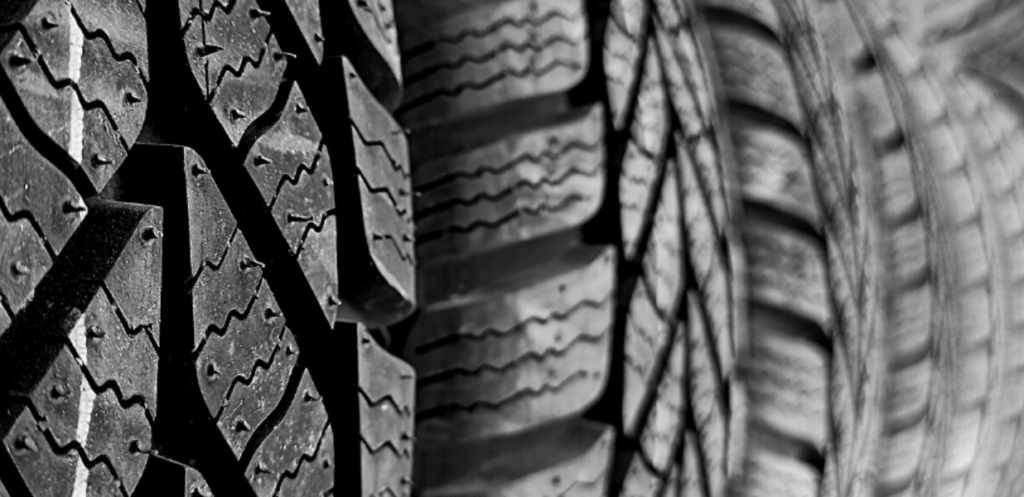
In addition to its aesthetic role, the tread pattern (the one that makes contact with the ground) of the tyre is designed to meet certain needs of the drivers. Whether for snow grip or dry terrain performance, those models usually fall into three patterns: symmetrical, asymmetrical and directional tyres.
Symmetrical Tyres
These have a mirror-like pattern. No matter which direction they are mounted or rotated, both the performance and the pattern will be the same. Although tyres with this model are usually priced lower, they are harder to adapt to change and will not offer the same wet performance as asymmetrical ones. These models are often found for small sizes (below R15), vans and 4x4s.

Asymmetrical Tyres
The inside has deep grooves to disperse water. On the outside, the blocks are larger, making more contact with the ground and creating a good grip on dry road. It is a common pattern in summer tyres due to its performance.
They must be mounted in a certain direction on the rims. Follow the inscriptions inside and outside as landmarks when mounting them.

Directional Tyres
The pattern forms a V indicating the direction in which the tyre should be mounted. Offering extra directional stability, it is often found on winter tyres dispersing snow well, but also offers good performance on wet roads.

It is not recommended to mount tyres with several types of models on the same axle. Each of them offers different performance and there is a risk of slipping.
Many do not pay attention to these details, but understanding these patterns, you can choose the right tyres for your style or needs and take advantage of the diversity offered by manufacturers.
If you need to change your tyres, let’s talk! Our representatives are waiting for you with a wide range of tips and products.
Don’t forget to follow us on social channels Facebook, Instagram, LinkedIn, Tik Tok, Pinterest and Youtube and share the article 😉
